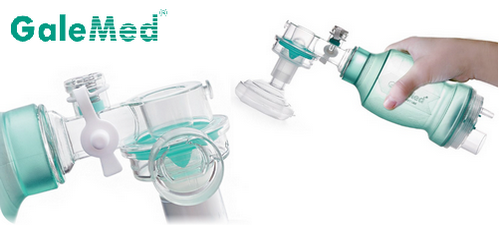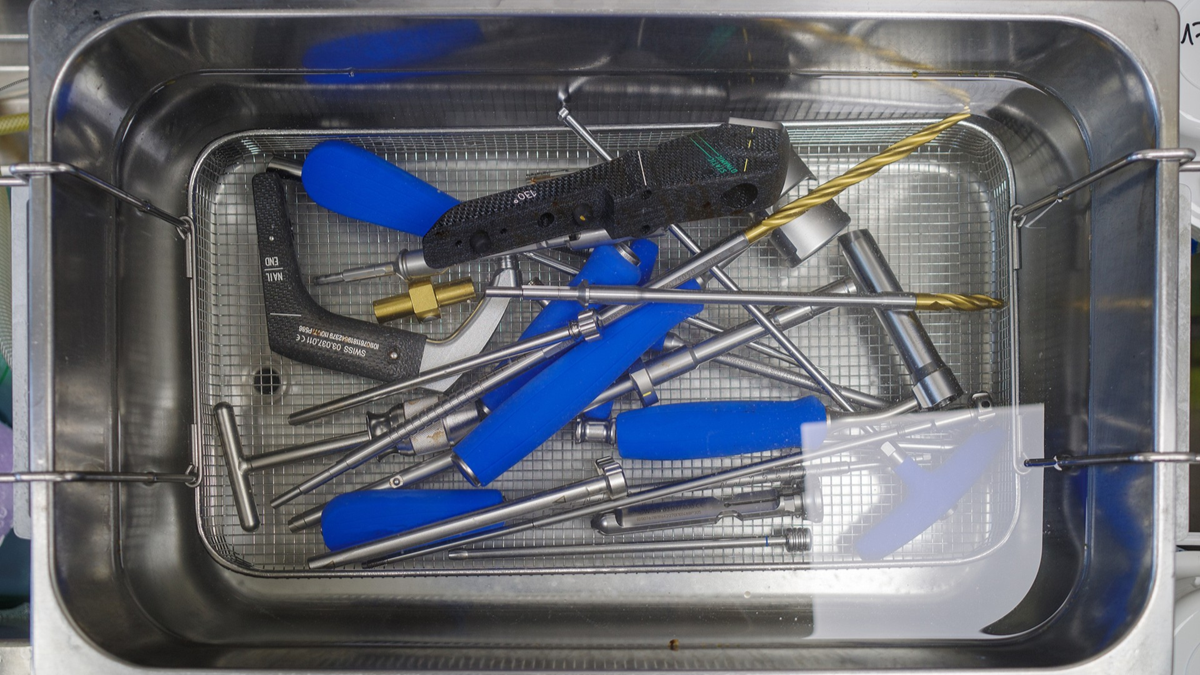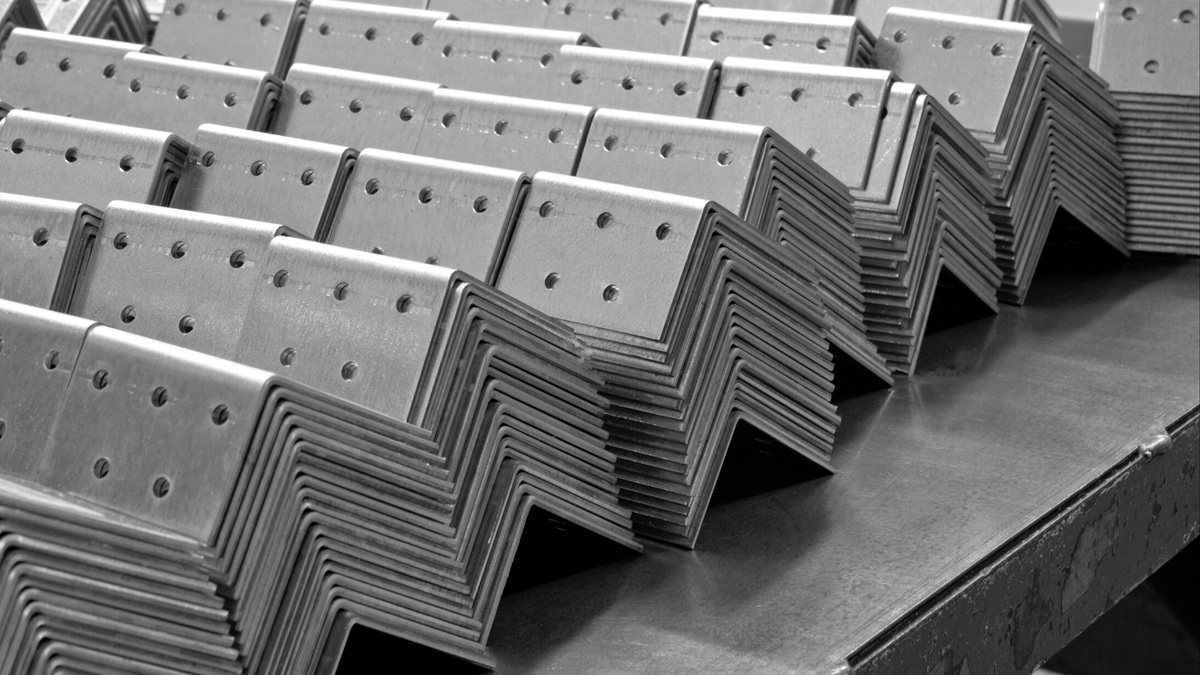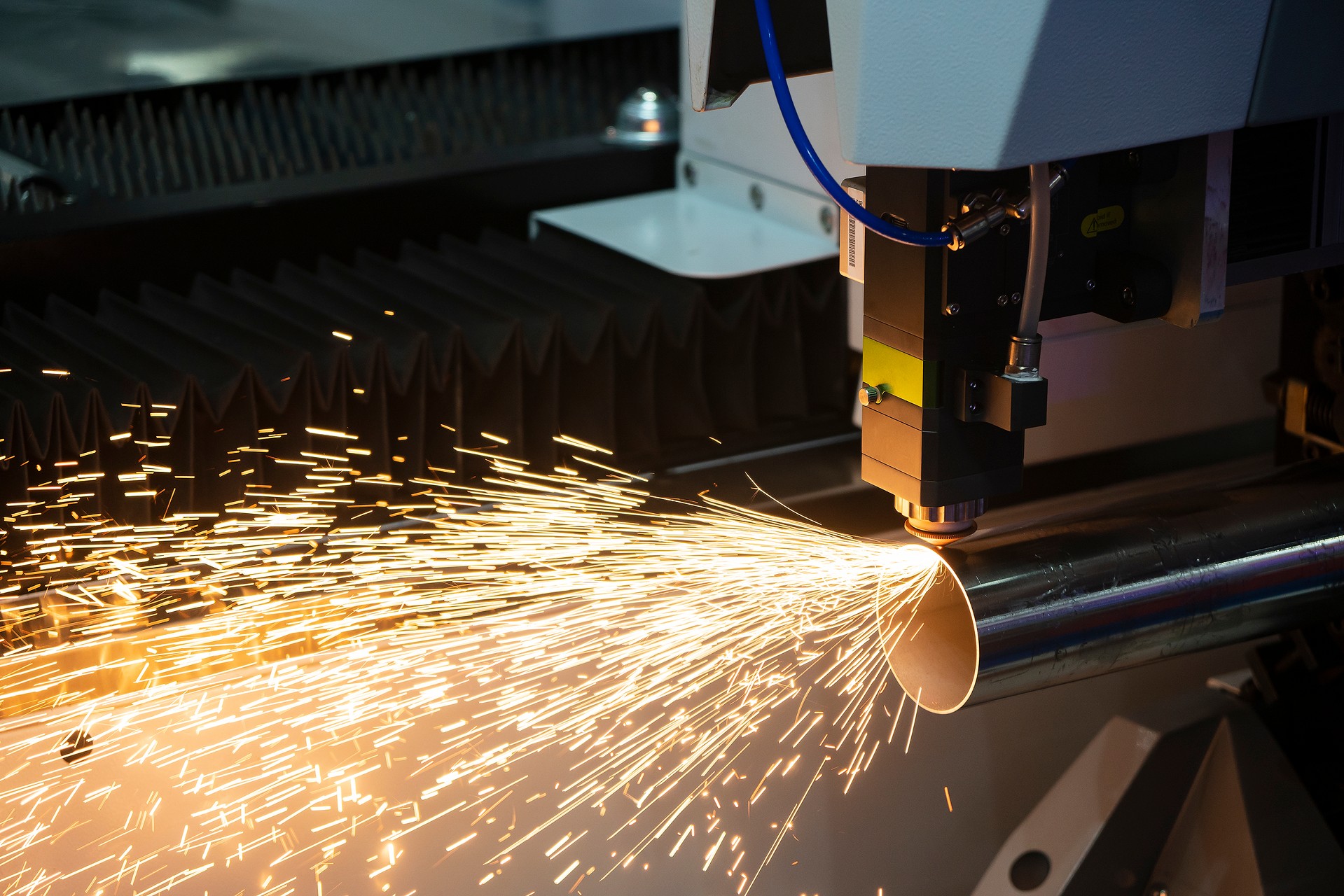Ventilator-associated pneumonia (VAP) is a significant healthcare challenge in intensive care units, typically occurring in patients who have undergone mechanical ventilation for at least 48 hours. It is associated with high morbidity, mortality, and healthcare costs. VAP develops due to respiratory tract colonization by pathogens, facilitated by invasive devices like endotracheal tubes. Common bacteria include Pseudomonas aeruginosa, Escherichia coli, and Staphylococcus aureus. Risk factors range from prolonged ventilation to prior antibiotic use and underlying health issues. Diagnosing VAP is difficult due to overlapping symptoms with other lung conditions and the absence of standardized criteria, often leading to antibiotic overuse. Preventive strategies—such as ventilator care bundles, elevating the head of the bed, maintaining oral hygiene, and staff training—are critical to reducing its incidence. While progress has been made, ongoing research and consistent application of evidence-based practices are essential to improve outcomes and lower the burden of VAP in ICU settings.
Introduction
Ventilator-associated pneumonia (VAP) represents a major clinical issue in intensive care units (ICUs) around the globe. This form of hospital-acquired pneumonia develops in patients who have been on mechanical ventilation for a minimum of 48 hours. VAP is linked to increased rates of illness and death, as well as rising healthcare costs, making its prevention and treatment a top priority for medical professionals. This report seeks to offer an in-depth overview of VAP, its implications for ICU patients, and the various approaches to prevent and manage the condition effectively.
Definition and Epidemiology
VAP is defined as a lung infection that arises in patients undergoing mechanical ventilation, generally within 48 hours of endotracheal intubation. It affects an estimated 10% to 20% of patients who remain on ventilators for more than two days. However, reported incidence rates can vary widely - from 4% to 42% - due to inconsistencies in diagnostic standards and monitoring methods.
Pathogenesis and Contributing Factors
The development of VAP typically stems from the colonization of the respiratory tract by harmful microorganisms. Devices such as endotracheal and tracheostomy tubes bypass the body’s natural airway defenses, making the lungs more prone to infection. Frequently identified pathogens include Pseudomonas aeruginosa, Escherichia coli, Klebsiella pneumoniae, and Staphylococcus aureus.
Key risk factors include extended periods of ventilation, previous antibiotic usage, and underlying health conditions like chronic obstructive pulmonary disease (COPD) or immune suppression. In pediatric patients, additional risks include the use of neuromuscular blockers, certain types of sedatives, and positive fluid balance.

Referral Link
Clinical Consequences
VAP substantially prolongs hospital stays and contributes to higher treatment expenses. Mortality associated with VAP ranges from 24% to 50%, and this figure may climb to 76% when infections are caused by multidrug-resistant organisms. Beyond the immediate risks, VAP is also tied to long-term health complications, including extended mechanical ventilation and longer ICU admissions.
Diagnostic Difficulties
Accurately identifying VAP continues to be a complex task due to the lack of standardized diagnostic protocols and the similarity of symptoms to other pulmonary conditions. Indicators often include new infiltrates visible on chest imaging, fever, elevated white blood cell counts, and purulent respiratory secretions. Nevertheless, these criteria often fall short in terms of sensitivity and specificity, leading to the potential overuse of antibiotics and delays in initiating the right treatment.
Preventive Measures
Effective prevention of VAP is key to enhancing patient outcomes and controlling healthcare expenditures. Several evidence-backed practices are widely recommended:
Ventilator Care Bundles: These are sets of coordinated interventions used together to prevent VAP. They typically include sedation and weaning protocols, maintaining a semi-recumbent position, thorough oral and hand hygiene, and subglottic secretion drainage.
Elevating the Head of the Bed: Positioning patients with the head of the bed elevated between 30° and 45° is one of the most effective and commonly adopted preventive tactics.
Oral Hygiene: Regular oral care with antiseptics like chlorhexidine has been demonstrated to lower the occurrence of VAP.
Selective Oropharyngeal Decontamination: Applying topical antibiotics such as colistin, tobramycin, and nystatin can help minimize VAP by reducing bacterial colonization.
Staff Training and Compliance Audits: Ongoing education for healthcare personnel and rigorous monitoring of adherence to prevention protocols are crucial for successful VAP control.

Referral Link
Conclusion
Ventilator-associated pneumonia remains a serious threat in intensive care environments due to its frequency, clinical complications, and financial burden. Although there have been significant improvements in both preventive and therapeutic methods, issues such as diagnostic uncertainty and inconsistent implementation of preventive strategies persist. Continued research and the systematic application of validated, evidence-based practices are vital to reducing VAP incidence and improving outcomes for critically ill patients.








.png)







